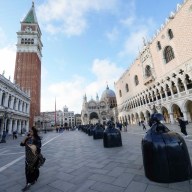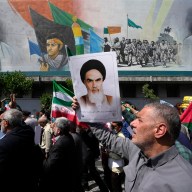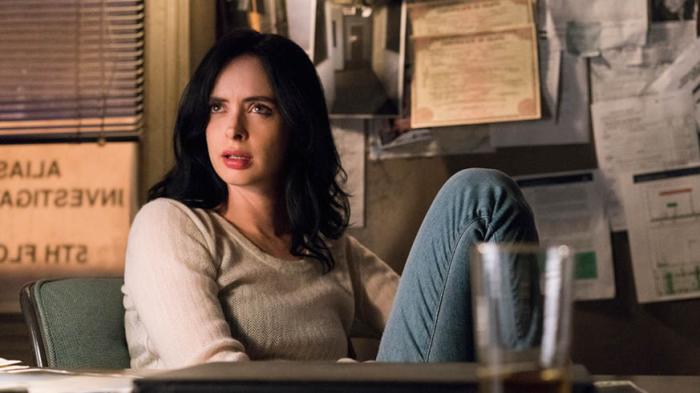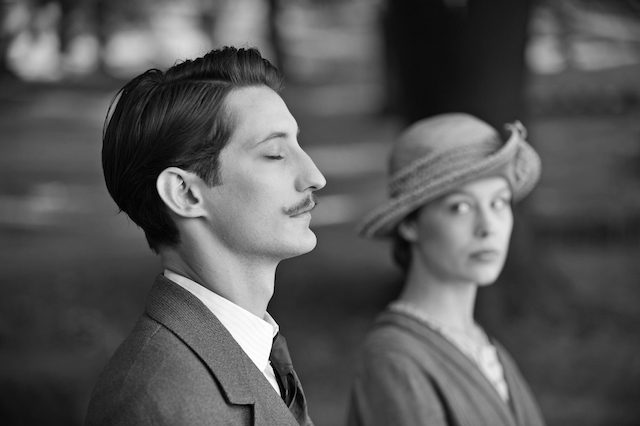‘Lambert & Stamp’ The Who have always helped burnish their own legacy; Pete Townshend alone has rarely met a rock doc he didn’t bequeath with a sound-bite. But the story told in “Lambert & Wilson” is both underknown and unusually insane. One likely wouldn’t have ever heard “I Can See for Miles” or “Quadrophenia” (or for that matter “You Better You Bet”) had it not been for Kit Lambert and Chris Stamp — two aspiring filmmakers who inadvertently wound up managing and refining a little outfit that would blossom into stadium gods. The Who (then the High Numbers) were an unlikely band (Stamp’s wife recalls saying, “Chris, they’re so ugly”) lorded over by unlikely bosses, who just let life take them in a wild direction. That’s a very human way of looking at untouchable icons, and it’s key to why “Lambert & Stamp” is more than just another Who doc, much less yet another valentine to an era that’s arguably been valentined to death. It’s easy to forget they didn’t become upper echelon classic rock titans until later — that their first decade together was a string of near-hits that never quite reached number one, and that “Tommy” was a Hail Mary for a band considering quits. Daltrey and Townshend are all over the film — they’re even “billed” before Stamp, ostensibly the star (Lambert died in 1981). But Stamp and, seen in ghostly archival footage, Lambert are truly the stars, and their lack of bigger notoriety, at least among casual music heads, gives the film a humanity it might not otherwise have. They’re sold as a true odd couple: the posh (and not-so-secretly gay, at a time when it was illegal in England) Lambert with the working class Stamp, with his punchy, brittle accent. (He was also brother to Terrence, also on hand for one of many funny anecdotes.) Is the pair interesting on their own to warrant an entire and, at two hours, relatively long-for-a-doc film? Possibly, though it helps that their story is tied to a major band, albeit only up to the early 1970s, when relations fizzled between managers and musicians. It could be said director James D. Cooper is to some degree pretending this tale is more fascinating than it is, hoping the mix of quick cuts, frequently to B&W archival footage, with cool music will at least give the illusion of dynamism. Cooper too can be a bit sloppy; his footage tends to jump around the decade a lot, making it easy for viewers to get lost. It can even feel at times padded and short on truly mind-blowing intel. But this is more endearing than irritating. Though Cooper is never seen nor heard, there’s a definite feeling of a filmmaking presence, someone getting lost in research, reluctant to snip things because he just can’t. “Lambert & Stamp” doesn’t always get the exclusive — The Who are too well chronicled — but one of its better gets is delightful, in part because it’s so arcane: an interview interrupted by Townshend playing for his bosses a rough version of the “Who Sell Out” deep cut “Glittering Girl.” The roughness in structure (though not in look, which is slick and accomplished) is what makes it likable — signs of someone who knows he’s found one dingy alley of an exhaustibly preserved period in history that hasn’t till now been fully exploited.
Director: James D. Cooper
Genre: Documentary
Rating: R
3 (out of 5) Globes
Review: ‘Lambert & Stamp’ is a freewheeling look at the guys who made The Who
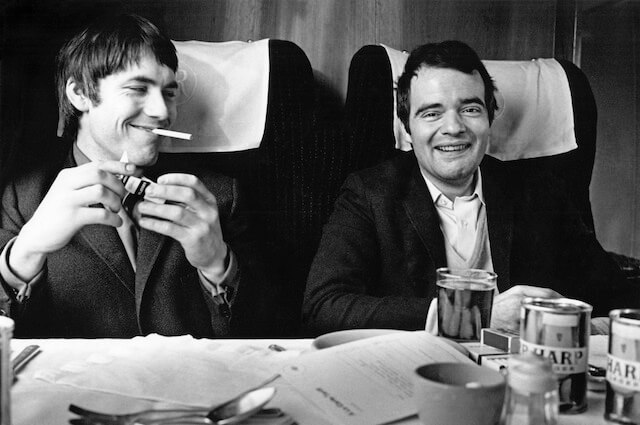
Sony Pictures Classics
Follow Matt Prigge on Twitter @mattprigge






